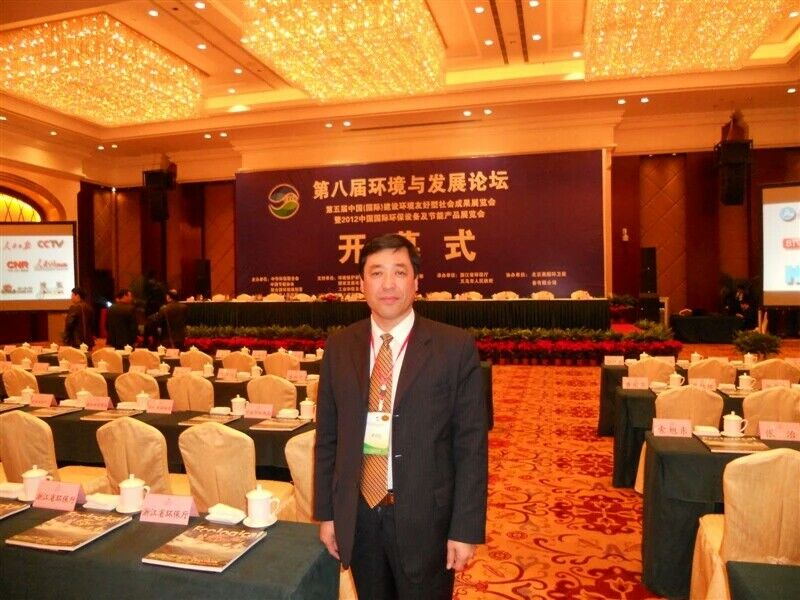Legal Research and Writing
Professor Dant
Fall 2005
OFFICE MEMORANDUM FORMAT
There is no standard or single correct format for an office memorandum of law. Many large law firms have developed their own format for the office memorandum for their associates. Other large firms do not provide formalized guidelines. Each firm for or with which you practice during your legal career will probably provide you with a different format.
A. The format presented below is the one you will use for this class.
HEADING (Note heading is double spaced, and tabs are used to align the information that follows the colon on each line.)
MEMORANDUM
TO: (Your Professor)
FROM: (Your Student I.D. Number)
RE: Name of case followed by brief statement of topic
DATE: October 10, 2005
STATEMENT OF FACTS
(double spaced and title is centered and underlined)
The first line of text under this heading is line 1 for your line count. Note that after this line, all lines count, including text and headings.
QUESTION PRESENTED
(double spaced and title is centered and underlined).
SHORT ANSWER
(double spaced and title is centered and underlined).
DISCUSSION
(double spaced and title is centered and underlined).
B. NOTES
1. The STATEMENT OF FACTS is a presentation of the relevant facts presented in your problem. It is often helpful to write a draft of your DISCUSSION before your STATEMENT OF FACTS to determine which facts were relevant or pivotal in your problem. The introductory sentence(s) should identify the client, state the purpose of the memo, and indicate what the client wants or what the client's problem is. Make sure you state the facts objectively and include all legally relevant facts, plus background facts needed to tell the story. Organize your statement of facts either chronologically or topically.
2. The QUESTION PRESENTED is a legal one. That is, how does a certain rule of law (common law rule, statute, regulation, etc.) apply to the legally significant facts? It should be a complete sentence with legal principles and significant facts. It should be phrased as a yes or no question. Make sure you state the question objectively.
3. The SHORT ANSWER is a direct answer to your QUESTION PRESENTED. It should be no longer than four to five sentences. Your Short Answer should start with either “Yes” or “No.” Then explain your answer. Use the facts included in your question presented in your explanation. Use the law to answer the question, but do not give citations.
4. The DISCUSSION is an identification of the general issue, a presentation and analysis of the major legal rule(s) which control your specific set of facts, and an application of the law to the specific facts of your case. Use the Six Step Method of Analysis to organize the DISCUSSION. Use a separate six-step analysis for each issue. You must consider counter-arguments.
C. WRITING TIPS
1. Remember that objectivity is the principal characteristic of a memorandum of law. It is not a document of advocacy. Its only objective is to inform and to explain. It is used as a basis for decisions such as whether to file suit, trial strategy, appellate strategy, or how to advise clients. Do not risk the interest of the client or the office by glossing over weaknesses in an argument.
2. Analyze and present the law. You must support your statements with authority. Remember to include the facts from the precedent cases.
3. Do not simply describe cases. Analyze, criticize, analogize or distinguish them. Synthesize cases to present the general rules.
4. Keep quotations to a minimum. Quote court and statutory language accurately. Use ellipses liberally. Cite correctly according to the instructions.
5. Use legal terms of art precisely. Avoid using legalese. Write clearly, concisely, and plainly. Follow the rules set forth in your Wydick book, Plain English for Lawyers. Avoid passive voice sentences. Use base verbs, rather than nominalizations. Keep subjects close to predicates. Avoid long sentences and paragraphs. Eliminate unnecessary words and phrases. Proofread and edit!
6. Use topic or thesis sentences for virtually every paragraph. The topic sentence introduces the theme or idea of the paragraph and provides a transition between ideas. Use transitions. See Shapo, pages 185-188.
7. Remember your audience. This is a memo to your supervisor. Stick to the issue. Your reader is very busy and will not sift through pages of extra material. Your reader is an experienced professional and expects your writing to look professional. Typographical errors, misspellings, and grammar and punctuation errors will make a poor impression on your reader. Refer to Shapo appendix A to make sure you avoid grammar and punctuation errors. Keep in mind that, although computerized spell-check and grammar-check programs can help, they will not catch all errors!
8. Follow all format rules: one inch margins, 12 point Times New Roman type, no more than 112 lines after the heading, and page numbers bottom centered on each page.
(聲明:本站所使用圖片及文章如無注明本站原創(chuàng)均為網上轉載而來����,本站刊載內容以共享和研究為目的,如對刊載內容有異議�����,請聯(lián)系本站站長���。本站文章標有原創(chuàng)文章字樣或者署名本站律師姓名者���,轉載時請務必注明出處和作者��,否則將追究其法律責任����。) |










